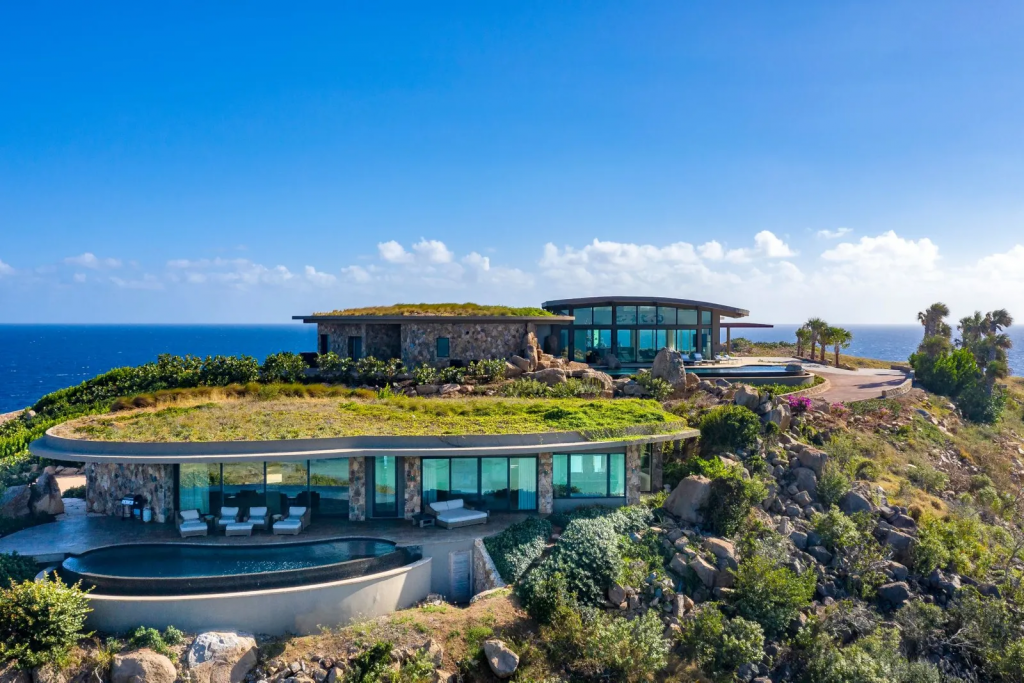Recently, a significant leap has occurred toward environmentally friendly materials and new technologies in construction. Every year, more and more people realize the importance of a sustainable lifestyle. This is what green building is all about. Often referred to as “green building,” it prioritizes environmental responsibility and resource efficiency, ranging from energy efficiency to cost savings. There are many reasons why green building is our future. Let’s take a closer look!

Energy Efficiency
The main reason for the popularity of green building technology is the emphasis on energy efficiency. Traditional construction methods typically rely on non-renewable energy sources, contributing to environmental degradation, while green technology saves the environment. Green buildings use renewable energy sources (solar, wind, and geothermal energy), which minimizes carbon emissions. These buildings reduce energy consumption and, at the same time, promote environmental sustainability.
Cost Reduction
Green construction is commonly believed to be expensive, but it actually provides significant long-term cost savings in the future. Indeed, the initial investment may be higher than with conventional construction methods. However, going forward, green buildings will require lower operating and maintenance costs over their lifetime. It is possible by optimizing energy efficiency, reducing water consumption, and using environmentally friendly materials. In addition, governments and organizations are offering incentives and grants to encourage green building.
Environmental Impact
In green construction, priority is given to preserving natural resources and reducing environmental harm, leading to positive impacts of construction technology. By using environmentally friendly materials, reducing waste, and introducing new construction methods, these buildings help to save on many resources (water, wood, etc.). Green building also focuses on reducing pollution and saving ecosystems. It is implemented through the use of environmentally friendly design features and technologies. By choosing these construction methods, you contribute to protecting the environment and mitigating climate change.
Benefit for Health
Traditional construction methods often lead to poor indoor air quality, which may lead to health problems. In green buildings, priority is given to natural materials with minimal emissions and the use of ventilation systems to circulate clean air. Green buildings support people’s well-being, providing healthier indoor environments. That’s why they are more desirable places to live and work.
Regulatory Compliance
Building regulations are becoming increasingly strict due to the growing focus on environmental sustainability. Some countries adopt green building standards and codes at the legislative level. They require commitments from developers regarding environmentally friendly practices and certifications. By observing these regulations, builders can demonstrate their commitment to sustainability.
Market Demand
As awareness of environmental issues grows and concerns about climate change increase, demand for green buildings increases as well. The number of consumers, businesses, and investors looking for greener places to live and work is growing. After all, “green houses” offer a lot of advantages:
- lower operating costs;
- healthy internal environment;
- reducing the impact on nature.
These cons make such buildings more attractive to potential buyers and tenants. Builders preferring green construction benefit more from market demand and gain an advantage in the real estate industry.
Innovation and Technological Advances
Sustainability in the construction industry is trendy today. The latest technological achievements are driving the development of environmentally friendly construction methods. Researchers and engineers are continuously working on new environmentally friendly building materials, construction methods and energy-efficient technologies. Innovation allows builders to create more sustainable structures, thereby meeting the needs of homeowners. By applying these innovations, “green houses” are always one step ahead and meet future demands.
Case Studies
Numerous studies demonstrate the effectiveness of such construction projects worldwide. For example, the Bullitt Center in Seattle is a six-story office building that produces more energy than it consumes. This is all thanks to solar panels on the roof and advanced energy management systems. The Beddington Zero Energy Development (BedZED) project in the United Kingdom is a zero-carbon housing project.
Green building offers numerous benefits for both the environment and society. By prioritizing it, we can create healthier and more sustainable buildings that meet the needs of current and future generations.
FAQ
What is sustainability in construction?
Green building focuses on creating structures that are energy efficient and minimize waste by incorporating green practices into architectural and design plans.
How does technology help the environment?
The positive aspects of the technology include recycling waste, reducing carbon emissions, and producing renewable energy.
If you still have questions, Anisad professionals are ready to advise and help you with any issues!






